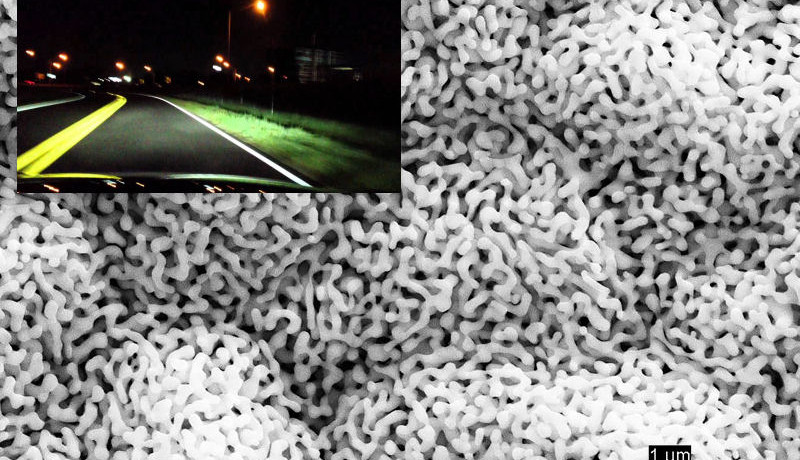Golden LEDs in your adaptive headlights
March 04, 2016
on
on

Researchers from the Fraunhofer-Institut für Zuverlässigkeit und Mikrointegrationhave, together with partners from industry, developed an LED which actually consists of 1000 LED pixels. The idea behind this, is that it permits very accurate light distribution, for example for use in headlights.
The concept developed in cooperation with Infineon, Osram, Hella and Daimler has been built as an adaptive lighting system. Four chips, with 256 pixels each, are driven by a controller IC, which offers very accurate manipulation of the light beam. In this way the course of the road can be taken into account, as well as oncoming traffic and other road users. Throughout this usually only about 30% of the LEDs are active at any one time, which makes the system energy efficient.
To connect the 1000 LED pixels a robust contact is required and a decent mechanism for carrying away the heat. For this purpose a gold-tin alloy is applied to the LED chip and a golden 'nano-sponge' is used to optimize the contact between pixel and chip.
More information: www.fraunhofer.de/en/press/research-news/2016/march/better-visibility-when-driving-at-night.html.
The concept developed in cooperation with Infineon, Osram, Hella and Daimler has been built as an adaptive lighting system. Four chips, with 256 pixels each, are driven by a controller IC, which offers very accurate manipulation of the light beam. In this way the course of the road can be taken into account, as well as oncoming traffic and other road users. Throughout this usually only about 30% of the LEDs are active at any one time, which makes the system energy efficient.
To connect the 1000 LED pixels a robust contact is required and a decent mechanism for carrying away the heat. For this purpose a gold-tin alloy is applied to the LED chip and a golden 'nano-sponge' is used to optimize the contact between pixel and chip.
More information: www.fraunhofer.de/en/press/research-news/2016/march/better-visibility-when-driving-at-night.html.
Read full article
Hide full article


Discussion (0 comments)